Pet products are a big deal. So much so that a slew of “big box” retail outlets are devoted to the business of pet ownership. But pet dollars can still be captured at natural retail by properly presenting safe, healthful offerings and the right variety of products to suit the needs of the most common pets.
Safety First and Last
The last number of years have brought a fairly steady stream of pet food recalls. Many of them have involved dangerous illnesses like salmonella and most, unfortunately, were linked with serious health issues and deaths in pets, especially dogs. Early in 2013, several brands of dog jerky treats were pulled from shelves after trace amounts of unapproved antibiotics were discovered in them. The U.S. Food and Drug Administration (FDA), meanwhile, has been continually investigating reports of pet illness and death related to jerky treats sourced from China, without coming to many conclusions.
FDA reported late in 2013 that the number of dogs deaths linked with various jerky treats may have approached 600. The agency also put out a proposed rule on pet food safety and sanitation procedures, on which it accepted public comments until February 26 (1, 2).
Needless to say, all these reports have 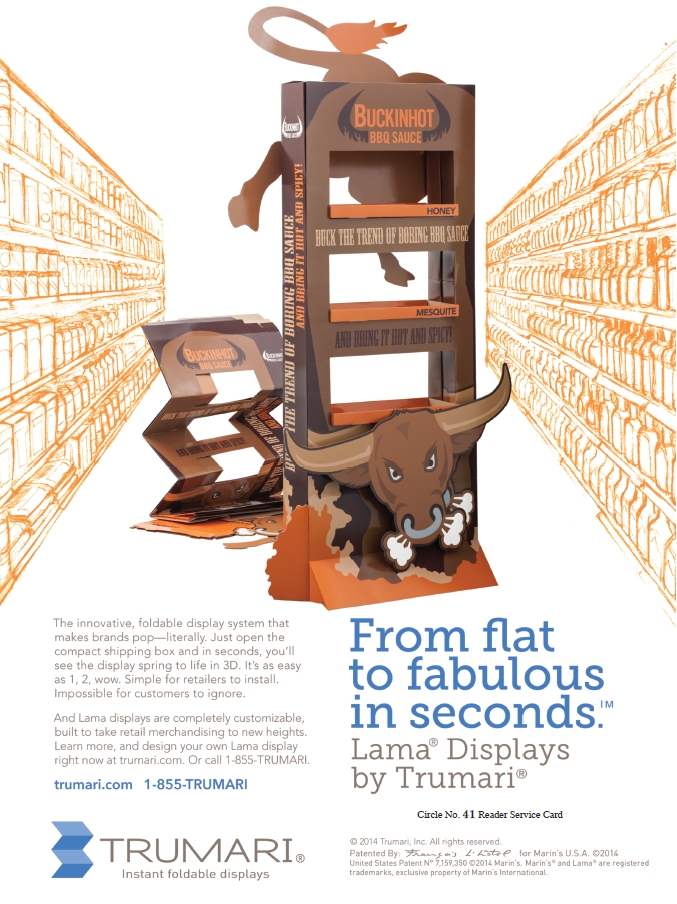 alarmed the pet-owning public and likewise have the attention of all pet food manufacturers. “Like many others, we are so saddened to see the unfortunate ways pets have been impacted by safety issues and food recalls,” says Bobbye Cochran, president of Lincoln Bark, LLC., Chicago, IL.
alarmed the pet-owning public and likewise have the attention of all pet food manufacturers. “Like many others, we are so saddened to see the unfortunate ways pets have been impacted by safety issues and food recalls,” says Bobbye Cochran, president of Lincoln Bark, LLC., Chicago, IL.
One sea-change resulting from these safety concerns is increased demand for pet food sourced in the United States. “Manufacturers have responded by placing a larger emphasis on ‘Made in the USA’ messaging in their marketing and on their packaging,” says Cochran. A greater transparency about ingredient sourcing is also being witnessed, she says. Cochran explains that many pet food companies have turned to local and sustainable farms that don’t use pesticides for their ingredients.
In addition to producing its pet diets in the United States, Bettie Hamilton, vice president of marketing and product development for Halo, Purely for Pets, Tampa, FL, says her company’s facilities follow U.S. Department of Agriculture protocols for manufacturing. This is but one of the elements that helps ensure product safety from supply to finished product. Regular FDA facility inspections are another safeguard for consumers, she says.
Compliance with the latest regulations and instituting process updates are key, according to Hamilton, as is quality sourcing. “All ingredients are received with certificates of analysis, audited and undergo raw material testing, independent lab analysis and an in-depth safety review and approval process. All lots have traceability,” she says.
In response to serious safety threats, Queny Villanueva, owner and CEO of SavvyBeast Treats, Bloomville, NY, hopes that manufacturers have reexamined their own standards. This includes assessing the nutritional aspects of pet food. Regarding typical pet-foods, she says, “When you read the list of ingredients, you need a master’s degree and a dictionary to understand what it means. There still are a lot of byproducts used and ingredients that dogs would not and should not eat.” Such unsuitable ingredients include potatoes and wheat.
Also concerning to Villanueva are the types of meat used: do they contain hormones or antibiotics, and did the farm animal’s feed contain pesticides, herbicides or fertilizers? “These will all harm your pet if they eat enough of them,” she says. Her company, she notes, strives to forge relationships with the farmers that supply the meat for its pet food. “We want to know what the animals that we use to make our treats eat and how they are raised. That peace of mind, knowing where the meat really comes from, is worth the extra time and effort,” says Villanueva.
Unsurprisingly, many pet food companies have taken safety concerns as a cue not only to raise their standards, but also to reassure consumers that they’ve done so. Amarillo, TX-based Merrick Pet Care, makers of Castor & Pollux ORGANIX and Natural Ultramix brands, explains that it received Safe Quality Food (SQF) Level 3 certification in 2013. According to the company, it is the first pet food company that manufactures its own food to have received this certification, which entails the use of Certified HACCP (Hazard Analysis, Critical Control Points) food safety plans as seen in human food facilities.
Natural, Exotic and Other Trends
Because pet owners frequently view and treat pets like family members, it makes sense that these are boom times for natural pet food. “The natural and organic pet food category is experiencing dynamic growth of 10–15% annually, and is expected to double in the next four years, which mirrors trends on the human side toward natural foods,” says Pete Brace, vice president of communications and pet parent relations for Castor & Pollux.
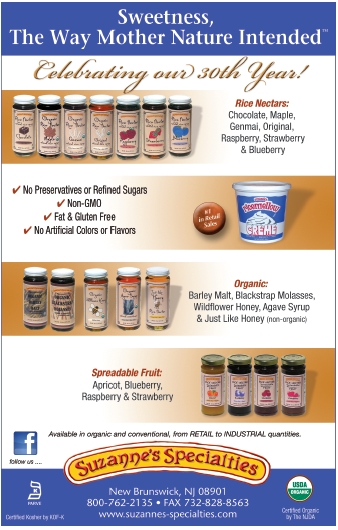 This organic, all-natural movement is part of a larger trend involving the humanization of pet products, Cochran explains. The upshot, says Brace, is that pet food increasingly includes organic ingredients to satisfy demand for balanced, natural nutrition from high-quality, farm-fresh ingredients. “Consumer interest in organic is spilling over into pets’ bowls,” Brace says.
This organic, all-natural movement is part of a larger trend involving the humanization of pet products, Cochran explains. The upshot, says Brace, is that pet food increasingly includes organic ingredients to satisfy demand for balanced, natural nutrition from high-quality, farm-fresh ingredients. “Consumer interest in organic is spilling over into pets’ bowls,” Brace says.
While human trends can and do influence pet food formulas, Hamilton says, it is important that manufacturers keep in mind the specific nutritional needs of dogs and cats, which may not align with certain human trends.
Also noteworthy, Cochran says, is the growing demand for grain-free and limited-ingredient pet foods. Once they’ve made the necessary changes, she says that many manufacturers have proceeded to clearly mark their packaging with terms like “grain free,” “non-GMO” and other health-related qualities that pet owners are seeking on behalf of their pets.
Villanueva says that she is fully in favor of trends like wheat free, gluten free and organic. “Pets rely on us to take care of them, and we feed them things that they would not eat in the wild and are actually harmful to them. Going that extra mile to make sure their food is good and wholesome is worth it in the long run,” she believes.
“Grain free is one of the hottest trends in pet food today, growing six times faster than other pet foods, as pet parents recognize the health benefits of grain free for their pet including easier digestibility, healthier skin and coat and increased energy,” says Brace. Though all allergies and illnesses can’t be avoided, Cochran says, this emphasis on healthier pets through attention to ingredient panels is something that will help minimize expensive trips to the vet.
The pet food market is not completely rushing away from grains. Hamilton says her company’s products recognize the benefits of whole grains from natural food for both dogs and cats, as opposed to refined and bleached grains. She also says that the gluten free movement is an opportunity to introduce nutritious foods that don’t contain gluten like quinoa and millet into pet diets. Another nutritional quality to look for in pet food formulas, Hamilton says, is the absence of high-glycemic ingredients such as wheat, potato starch and rice.
Combining U.S.-sourced animal protein with organic chia seed in treat form is one  way Cochran says her company is engaging with the demand for grain free. In addition, she touts the benefits of freeze-drying pet treats such as these. She says that this process retains 98% of naturally occurring nutrients while allowing the treats to go unrefrigerated, thus making storage more convenient.
way Cochran says her company is engaging with the demand for grain free. In addition, she touts the benefits of freeze-drying pet treats such as these. She says that this process retains 98% of naturally occurring nutrients while allowing the treats to go unrefrigerated, thus making storage more convenient.
The gradual introduction of more exotic meats into pet food is a welcome phenomenon, according to Villanueva. Dogs and wolves are close cousins, and she points out that in the wild, wolves subsist on the likes of deer, buffalo, elk and rabbit. “Giving your dog a variety is good! Just imagine eating the same thing every day for years. That would be boring. Many people do exactly that and never change their pet’s diet or give them new or different foods to excite their sense of smell and taste,” she says. Hamilton adds that dogs with protein sensitivity may benefit from novel sources in the diet, like buffalo or venison.
Beyond varied protein sources, Hamilton notes that her company also makes a point of providing antioxidants in its pet food, which indicates another trend. “Many pet food labels highlight the inclusion of superfoods to help support a healthy immune system,” she says. The human food industry vogue of including omega-3 fatty acids from fish and plant sources has also made its way into pet food, she adds.
“Pet food also keeps pace with human trends on weight management,” Hamilton says. Pet formulas with optimized calorie counts are designed to keep pets fit, but she explains that it is still up to owners to recognize a pet’s ideal weight, manage the amount of food provided and encourage daily exercise. She says feeding instructions on her company’s calorie-focused pet food products provide guidelines for weight management.
Happy, Healthy and Clean
Of course, for the caring pet owner, there is much more to do once pets have been well and safely fed. Some animals will benefit greatly from some extra nutritional attention. There is also their cleanliness and outer comfort to look after, and finally, our furry friends also need the stimulation that comes along with play.
Alexandria (Sandy) Phillips, founder of Wholistic Pet Organics, Bedford, NH, assures us that just as with people, dietary supplements can play a crucial role in supporting a pet’s health. Phillips says many pet foods on the market are only equipped to provide basic nourishment as required by The Association of American Feed Control Officials (AAFCO).
Indeed, she states that the vast majority of commercial pet foods aren’t made with human-quality meats, vegetables and other ingredients. Rather, “feed grade” ingredients are the norm. “That leaves a whole range of improvements that can be made to your pet’s diet! Considering that commercial pet foods typically comprise the majority of a pet’s diet, supplementing can truly make a difference,” Phillips says.
According to Phillips, pet owners can dramatically boost a pet’s baseline nutritional intake by providing a quality whole-food pet supplement like those offered by her company with every meal. More specific supplements can be tried in specific cases, such as for pets with joint issues, she says. In the pet supplements space, the seal of the National Animal Supplement Council (NASC) can provide pet owners with confidence in their purchases, Phillips adds.
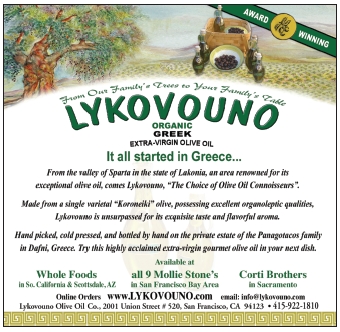 Larry Plesent, CEO of Vermont Soap, Middlebury, VT, begins a discussion of topical and cosmetic care for pets by noting the epidemic of skin issues like “hot spots” among household pets. He says that though evidence links conventional pet food diets to more frequent skin issues than with raw or organic diets, this relationship between food and skin inflammation remains open for debate. Regardless, professional groomers have found pets with hot spots, lesions and itchy hide issues can be hypersensitive to detergent-based pet washes, according to Plesent.
Larry Plesent, CEO of Vermont Soap, Middlebury, VT, begins a discussion of topical and cosmetic care for pets by noting the epidemic of skin issues like “hot spots” among household pets. He says that though evidence links conventional pet food diets to more frequent skin issues than with raw or organic diets, this relationship between food and skin inflammation remains open for debate. Regardless, professional groomers have found pets with hot spots, lesions and itchy hide issues can be hypersensitive to detergent-based pet washes, according to Plesent.
The chemicals in such cleaning washes seem to increase skin irritation symptoms, he says, and he therefore recommends natural liquid soaps as alternatives. “You will usually find the word ‘saponified’ (turned into soap) on the ingredients panel of these products. Typically there will be a list of natural or organically certified oils that have been saponified, like coconut and olive oils,” says Plesent.
Delving further into sought-after natural pet wash ingredients, he says that jojoba oil is associated with a mild cleaning action. “Aloe vera is another anti-inflammatory botanical that will help to soothe your itchy friend. You want this ingredient in your pet shampoo,” says Plesent. He adds that despite the misgivings pet owners may run into on the Internet, tea tree oil is also a worthy shampoo ingredient if used in the correct diluted forms. Always have customers consult their veterinarian with any concerns about product ingredients.
“Few things are more upsetting to empathetic people than watching a dog suffer with hot spots,” says Plesent. Having personally tested numerous herbal hot spot oils, he says he was able to introduce through his company a concentrated, fast-acting herbal formula that can soothe these troublesome topical irritations. When it comes to the consumer’s decision of whether to go with a natural pet cleaning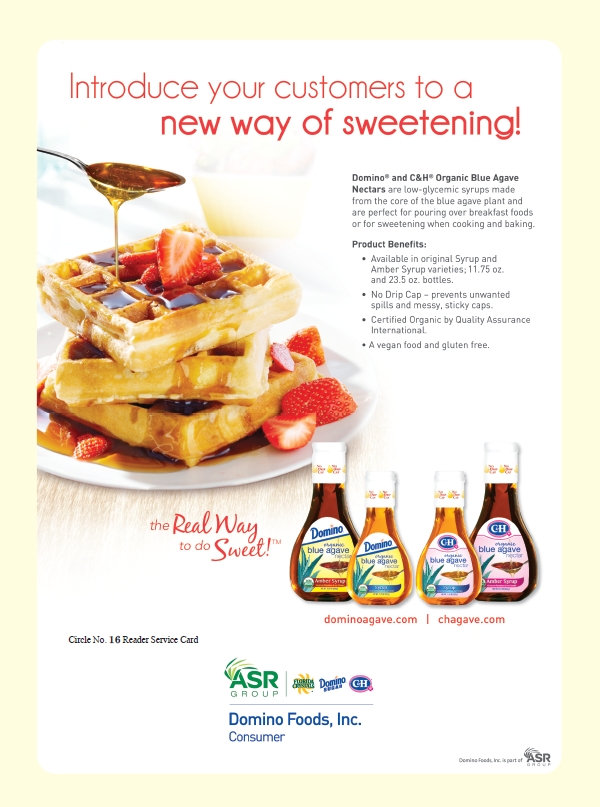 product or one featuring synthetic chemicals, Plesent says, “Products made from materials and ingredients that did not exist before our lifetimes will always have unintended consequences.”
product or one featuring synthetic chemicals, Plesent says, “Products made from materials and ingredients that did not exist before our lifetimes will always have unintended consequences.”
Making sure that their pets’ playtime is safe and sustainable may be a priority for natural products consumers. According to Kristen Smith, brand ambassador for Planet Dog, Westbrook, ME, consumers are increasingly aware of the qualities of products they purchase, including pet toys. “Research has shown consistently that people are willing to pay more for safe, non-toxic and eco-friendly toys,” Smith says. This is because consumers recognize that there is no pre-market regulation of the pet category, and they see the frequent recalls that affect tainted products.
The benefits of ensuring the safety of playtime extend past the animals and back to the owners. “Dogs play with their mouths, and dogs lick the people who love them. Toxins, chemicals, and additives in a dog’s toy go far beyond the dog product. Natural and eco-friendly toys are going to be safer for the health and safety of every member of the household, while also being better for the environment,” she says.
Qualities customers may look for in this category include being made in the United States, made from recycled and/or recyclable materials and being clearly labeled as natural and non-toxic. Durability is also a concern with toys and can be addressed with the right materials, Smith explains. People that value eco-friendly products will likely include pet product purchases within that lifestyle choice. But beyond this motive, Smith says, “Consumers are looking for companies that demonstrate a deep love for animals that echoes the love they feel for their pet.”
Setting out the Wares
Once a store establishes itself as a go-to place for pet food, it can go about improving its place with customers as a one-stop shopping destination for pet care in general. Customers enter the store with pet food on the shopping list, Smith explains, and this should be the takeoff point for other products. “Merchandising ancillary products with the food ensures that the consumer will consider making an additional purchase while they have the pet in mind, and while they are in the aisle they had to visit,” she says.
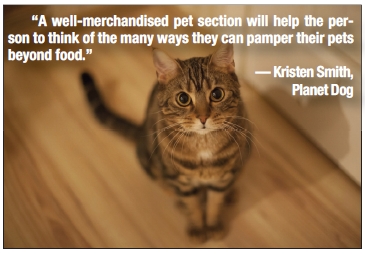 Some items can be positioned as impulse purchases, like treats and small toys, but Smith claims her company has found more success when products are grouped together in one section as part of a comprehensive selection, thus taking advantage of the surge of affection pet owners feel when purchasing food. “A well-merchandised pet section will help the person to think of the many ways they can pamper their pets beyond food,” Smith says.
Some items can be positioned as impulse purchases, like treats and small toys, but Smith claims her company has found more success when products are grouped together in one section as part of a comprehensive selection, thus taking advantage of the surge of affection pet owners feel when purchasing food. “A well-merchandised pet section will help the person to think of the many ways they can pamper their pets beyond food,” Smith says.
The sales and popularity of dietary supplements continue to grow in humans, and Phillips points out that this is reflected in the pet category. The response at retail, she says, has been to expand pet supplement offerings, up to and including entire sections dedicated to a variety of products and price points. “For example, the latest trend is toward supplements made with raw, natural whole food ingredients. These products generally have higher potency and palatability than their more generic counterparts, but also have a higher price point,” says Phillips.
Higher ticket items like these are often accompanied by shelf talkers, mini-displays and brochures, Phillips says. Because product labels are too small to provide comprehensive detail, explanations of key product benefits and comparisons with other products are stressed with point-of-purchase materials. Phillips says, “From hip and joint formulas to digestive aids to everyday supplements, consumers need to be educated before they can make the right supplement choice.” WF
References
1. “Recalls & Withdrawals,” U.S. Food and Drug Administration, updated Jan. 27, 2014, http://www.fda.gov/animalVeterinary/safetyhealth/recallswithdrawals/default.htm, accessed Jan. 28, 2014.
2. “FSMA Proposed Rule to Establish Current Good Manufacturing Practice and Hazard Analysis and Risk-Based Preventive Controls for Food for Animals,” U.S. Food and Drug Administration, updated Dec. 10, 2014, http://www.fda.gov/food/guidanceregulation/fsma/ucm366510.htm, accessed Jan. 28, 2014.
Published in WholeFoods Magazine, March 2014










